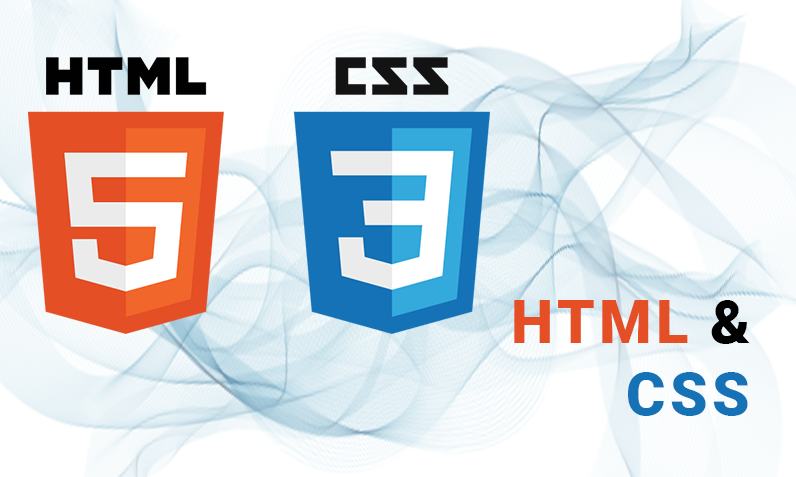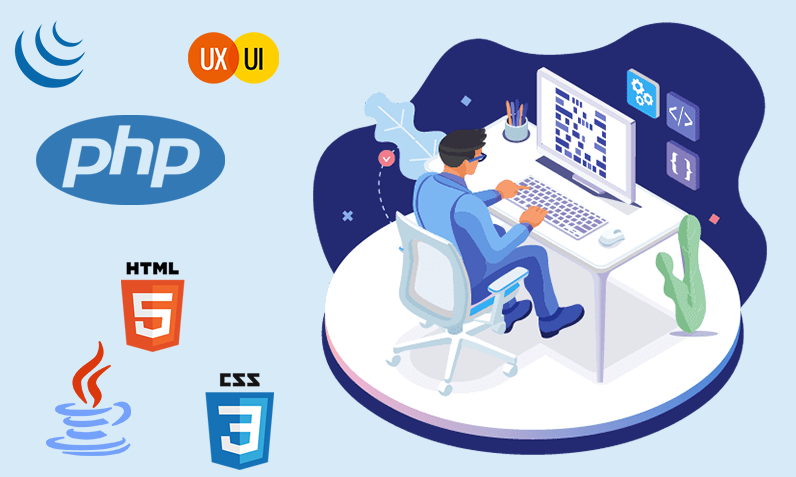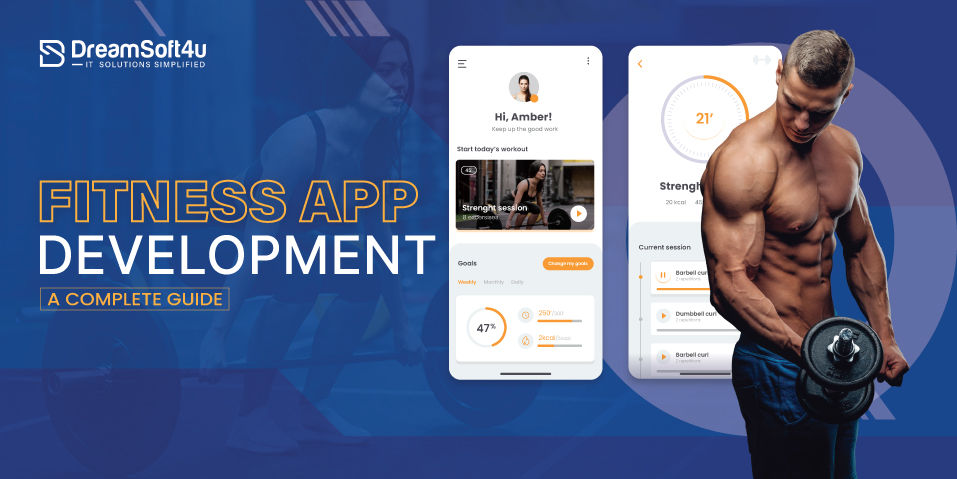Web development & design usually involves many varied disciplines and skills in the maintenance and production of websites. The different parts that encompasses web designing include interface design, graphic design, authoring which includes proprietary software and standardized code, search engine optimization and user experience design. Although some designers may specialize in all the aspects of website design, most designers usually work in groups each individual tackling a different aspect of the process.
The term web design is mostly used to refer to the design process involving the front-end design of a site that includes writing mark up too. In the wider scope of website development, Web design is partially complex more than web engineering. This is because web designers are expected to have the technical Know-How in usability and to be at par with the current website accessibility guidelines if their work involves creating mark up too.
Table of Contents
ToggleHTML and CSS in Web design

Hypertext Markup Language commonly known as HTML plays a big role in web design since it gives the content in the website, its meaning and structure by defining what the content is, for instance, paragraphs, images, headings and so on. Cascading Style Sheets or what is commonly referred to as CSS, is a display language used to enhance the appearance of the content in the site for example use of colors and fonts.
Both the languages CSS and HTML are used independently of each other and that should be maintained when dealing with web design. For instance in all your web related activities such as “Web Design and development, appearance, website, homepage, HTML” HTML should not be written in a CSS document vice versa. The general rule is that HTML should always be representing content while CSS should always represent how that content appears. For those who are the beginners of HTML, in some cases you might encounter strange and often-new terms but with time you are likely to become more conversant with all of them. However, the commonly used terms in HTML you should begin with include attributes, tags and elements.
READ ALSO: Best Free Website Builders For Small Business
New standards in HTML and CSS
To enhance “Web Design and development, appearance, website, homepage, HTML” the W3C recently released new standards of CSS the CSS3 and HTML the HTML5. Additionally the W3C released new JavaScript API’s. Although they are all new but they are all individual standards. While the new term HTML 5 solely refers to the latest version of the HTML and a number of the JavaScript API’s it is common to hear most people use it to refer to the whole lot of the new standard both the CSS3,the HTML 5 and JavaScript.
Technologies and Tools used in web design

Depending on the step of the production process, web designers use a wide range of varied tools in their work. Though the principles behind them remain the same, the tools and technologies are updated with time by the current software and standards. To create design prototypes or and images that are formatted on the web, web designers use raster and vector graphics.
The main technology used in creating websites is the standardized markup, which can be generated or handcooked using the WYSIWYG editing software. Furthermore, there is proprietary software that uses plug-ins to bypass the user’s browser versions. They are mostly WYSIWYG but with the choice of using the scripting language of the software. Search engine optimization strategies may also be applied to check the ranking at the search engine and suggest ways of improving it. Other tools used are the mark up validators and other tools used for testing accessibility and usability. This is to make sure that the website meets the website accessibility guideline.
Homepage design
However, in the early 2000’s it was discovered that a surging number of web traffic was inconsiderate to the homepage and was directly going to the contents of the pages via e-newsletters, RSS feeds and search engines.
Due to this, it is evident that homepages play a lesser important role in the success of any website. In the years 2018 and 2019 rotating banners and sliders, also known as carousels became a very popular component of web design on homepages. The carousels are used to display recent content in a specific space. However, while undertaking “Web Design and development, appearance, website, homepage, HTML” it should be noted that carousels often damage site’s usability and search engine optimization.
READ ALSO: How To Choose Best SEO Company For Your Business
Web development

The term web development is used to refer to the work involved in coming up with a website for the World Wide Web Development usually ranges from coming with simple single-page sites using plain text to complex web applications, social network services and electronic businesses. Tasks in web development include web design, client liaison, and e-commerce development.
Web site appearance
The feel and look of your site is more essential than just displaying the information you want, but doing it in a way that appeals to and creates attention from your target audience information. Multiple factors should be taken into account when scaling out the appearance of your website. One of the major considerations is your intended audience. Look at their nationality, gender, age bracket, animations, colors, animations and graphics.
In summary, the idea here is to assist you in developing a site that appeals to and gets attention from the largest possible audience in all your work including web design and development.
Last Paragraph…
DreamSoft4U Pvt. Ltd., a Best Web Application Development Company deals with India & USA-based clients. In our web service, we specialize in healthcare software solutions and Healthcare IT services. We also provide digital marketing services at very efficient prices.
Contact (+1)-949-340-7490 | Mail at enquiry@localhost












